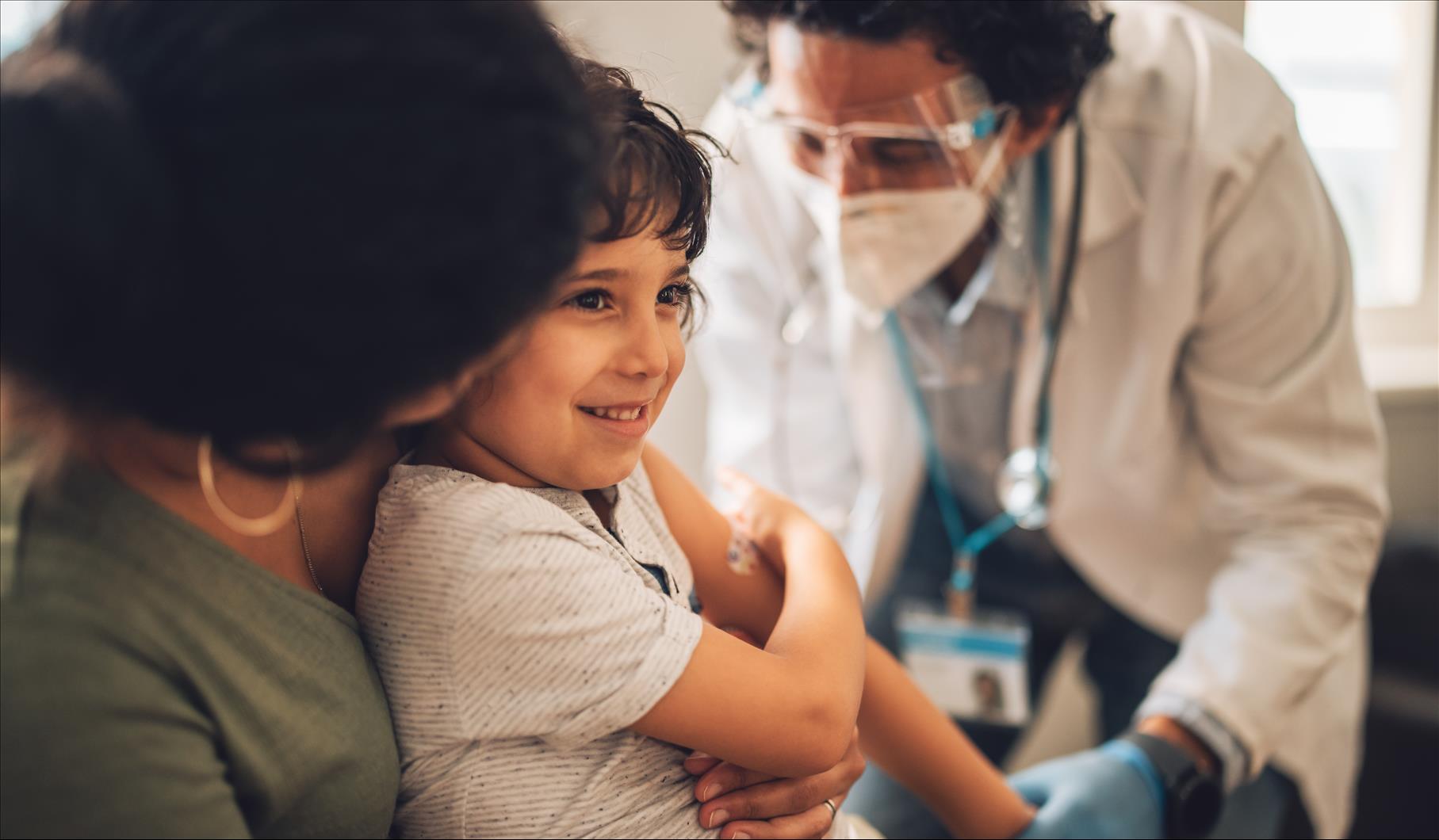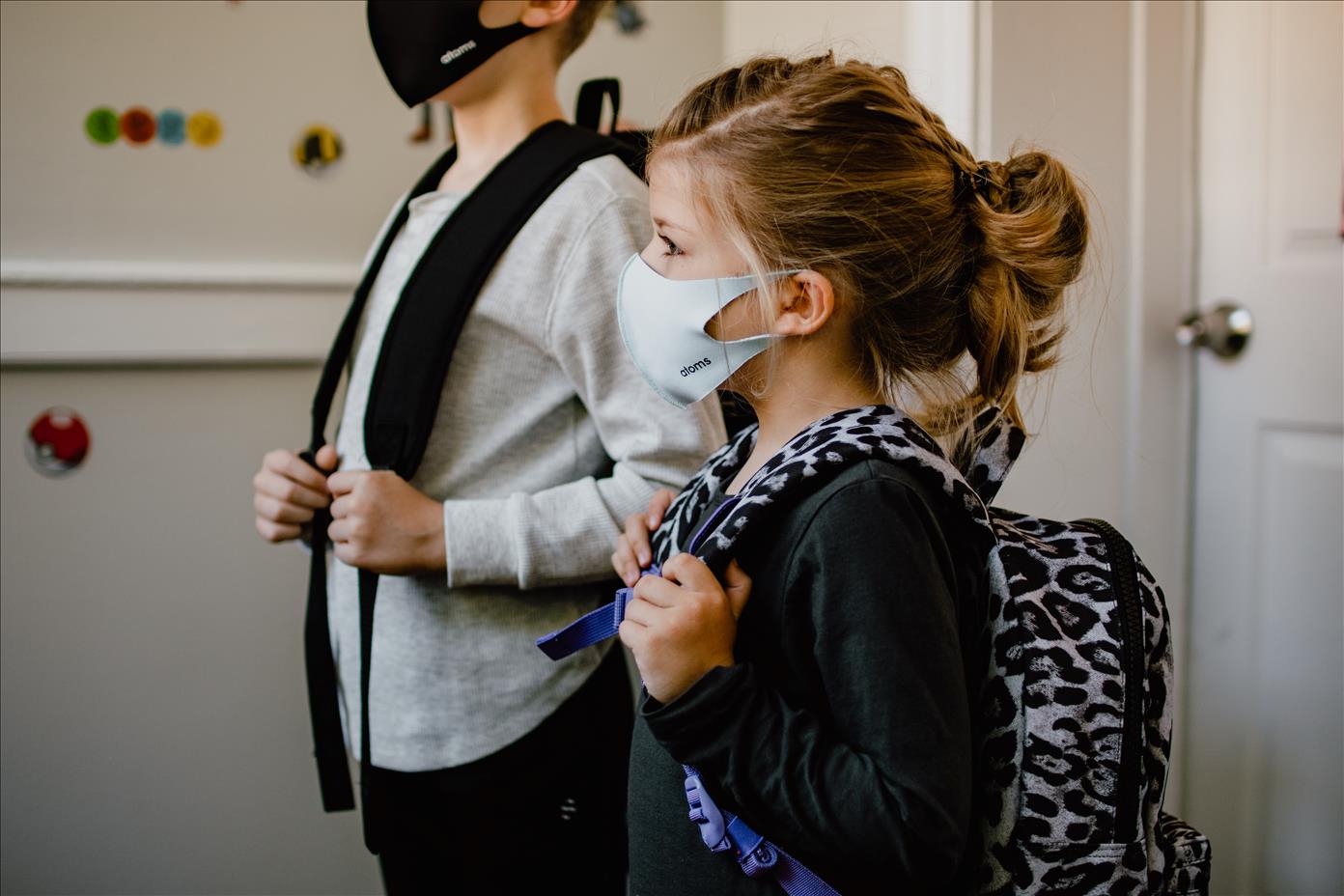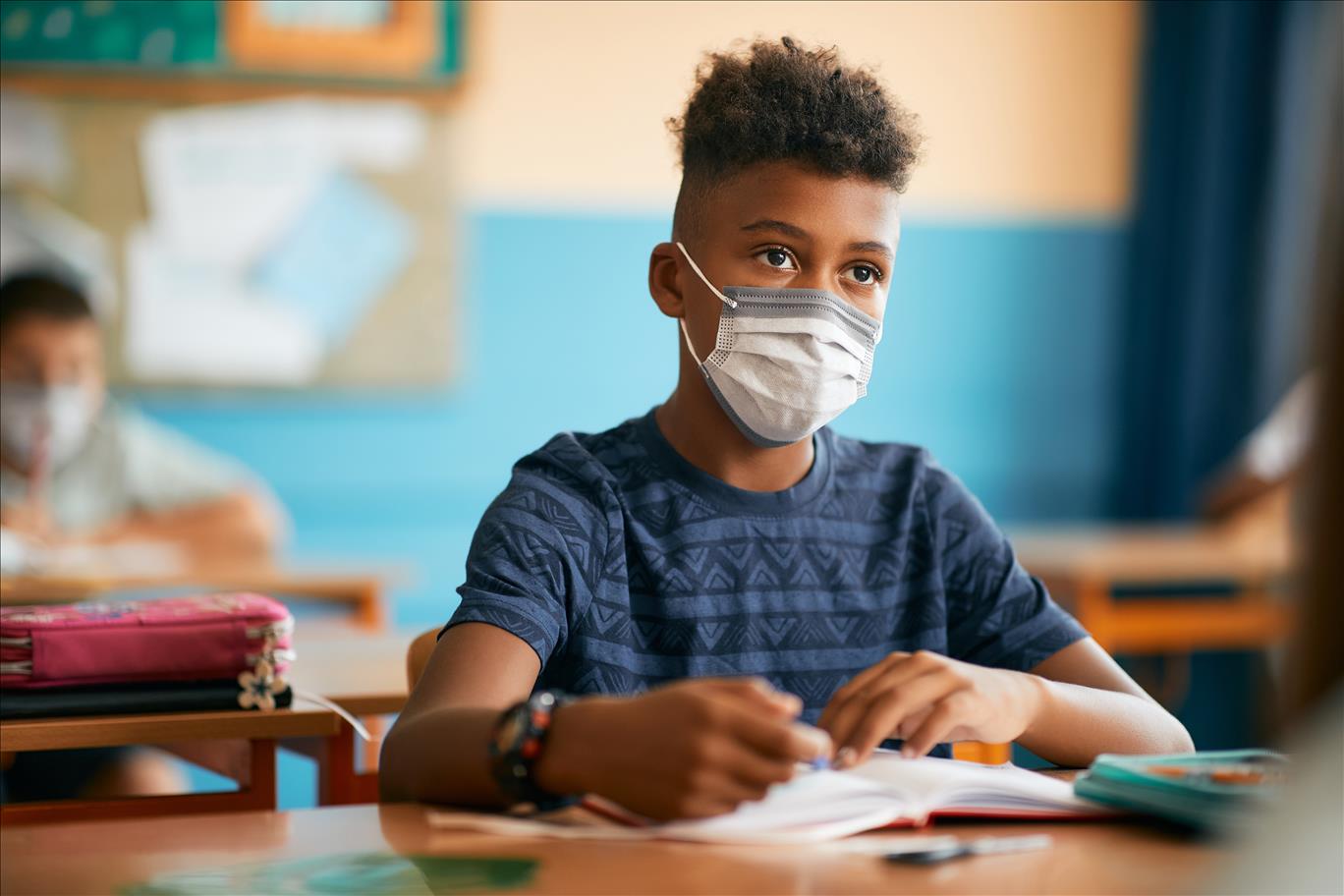Author:
Nicholas Wood
(MENAFN- The Conversation)
Australian children aged 5-11 will start to receive the Pfizer COVID-19 vaccine from January 10 , after it cleared the final regulatory step and was recommended for use in this age group by the Australian Technical Advisory Group on Immunisation (ATAGI).
ATAGI recommends children aged 5-11 receive two 10 microgram doses (which is one-third of the over-12s dose), eight weeks apart.
Read more: COVID vaccines for 5 to 11 year olds are inching closer. Here's what we know so far
What does the trial data say about safety and efficacy?
The Pfizer vaccine trial included 2,268 children aged 5-11. Of these children, 1,517 were given two doses of 10 microgram vaccine three weeks apart, and 751 who were given a placebo. The results found the vaccine was safe and had good efficacy.
Children given the vaccine had similar antibody levels after the second dose to older adolescents and young adults (aged 16-25). This indicates their immune system was able to recognise the lower amount of vaccine mRNA – the vital ingredient in the Pfizer vaccine – and still produce a good amount of antibody to protect against the virus.
There were no serious reactions in this trial, however the sample size wasn't large enough to detect rare adverse events.

The most common side effect is a sore arm. Shutterstock The most common side effects occurred in the first two to three days and included:
- painful arm (around 70% at any time in the first week after vaccination but usually in the first few days)
- headache (around 25%)
- tiredness (around 35%).
The vaccine was around 90% effective at preventing confirmed COVID-19 infection, with three COVID cases in the vaccine group and 16 in the placebo group.
Based on this data, the Therapeutic Goods Administration (TGA) provisionally approved the vaccine for use in 5-11 year-old Australians on Sunday, following United States' Food and Drug Administration (FDA) approval at the end of October .
How safe and effective has it been overseas?
Australia has around 2.3 million children aged 5-11. So we can look to the real-world experience of the Pfizer vaccine in the US to see what we can expect.
More than 5 million US children aged 5-11 have had one dose and more than 2 million have had a second dose.

The US has administered more than 2 million second doses to 5-11 year olds. Kelly Sikkema/Unsplash One potential concern authorities are watching out for is the risk of heart inflammation, called myocarditis. This is a rare side effect after the second dose in young males aged 12-17, with an estimated risk of around ten cases per 100,000.
No cases of myocarditis, or the related condition pericarditis, were reported in the clinical trial of 5-11 year olds.
Read more: The benefits of a COVID vaccine far outweigh the small risk of treatable heart inflammation
No data is yet available on the real world effectiveness of the vaccine to protect against hospitalisation or infection in children aged 5-11, however this will emerge.
Why an 8 week interval?
The US, European Union, Canada and Israel have approved Pfizer for younger children. The US has gone with a three week interval between doses, while Canada recommends eight weeks.
There are two reasons for a wider interval. The first is a potentially better immune response . Studies in adults have shown a larger gap between doses has resulted in a higher antibody immune response and better vaccine effectiveness, although this has not been shown yet for children under 12.
The second is a possible lower risk of developing myocarditis . In a Canadian study, young adults aged 18-24 had lower rates of myocarditis when the interval between dose one and two was greater than eight weeks compared to those with an interval of less than 30 days between doses.
While similar data for children under 12 is not yet available, a recommendation for a wider interval allows us to continue to monitor real-world international experience of the risk of myocarditis.
Who should be first in line to get the vaccine?
Some children with underlying medical conditions are more likely to get sicker with COVID. This includes those with obesity, diabetes, neurological diseases, heart and lung conditions. These children should be among the first to get the vaccine next January.
Read more: It might be uncomfortable to talk about. But obesity puts children at risk of severe COVID
If my child is about to turn 12, should I wait?
There is no major difference in the immune systems of an 11 and 12 year old.
The age cut-off was chosen based on the ages of the children in the vaccine trials. These age groupings were most likely designed to match the ages children are when they attend primary and high school.
If your 11 year old is about to turn 12, they should get the dose at 11 and not wait.

Your child should get the dose recommended for their age. Shutterstock If they had the 10 microgram dose and turn 12 before their second dose is due, ATAGI says they may get a 30 microgram second dose when they are 12.
How will the vaccine be administered?
The lower (10 microgram) child's dose has been packaged in orange-top vials so it doesn't get confused with the purple- or grey-top (30 microgram) dose vial used for adults.
The vaccine will be given in the child's upper arm, and you and child will need to wait for at least 15 minutes after vaccination in case of a reaction.
The vaccine will be available through general practices, Aboriginal Health Services, community pharmacies and state and territory clinics.
Read more: Is your child frightened of needles? Here's how to prepare them for their COVID vaccine
Your child can get other vaccines at the same time , if they're due, but there is very limited data on the side effects when both a COVID and non-COVID vaccine are given at the same time.
If your child has had COVID-19 disease in the past they should still get vaccinated but it is important to make sure they have completely recovered before getting a vaccine. You can wait up to six months after natural infection before getting the vaccine. If in doubt talk with your GP.
Can my child with allergies still get the vaccine?
Children who have had an allergic reaction to a substance called PEG (polyethylene glycol ) – which is a commonly used ingredient of other medications, hand sanitisers, cosmetics and bathroom products – should talk to their GP before getting the vaccine.
If your child has an allergic reaction after the first dose, talk to your GP before getting dose two.
Children who are allergic to foods such as nuts, milk or eggs, or those who have asthma or hay fever, can safely receive the Pfizer vaccine.
When will kids under 5 be vaccinated?
Results from clinical trials in children under five years old are expected soon .
A lower dose of 3 micrograms of the Pfizer vaccine is being trialled in children aged six months to two years .
Moderna is also trialling lower doses of its vaccine in children under five.
Vaccinating 5-11 year-old Australian children is is an important next step in our ability to protect both ourselves and the community against COVID-19. The safety of the vaccines will be closely monitored as we roll them out in January and aim to give first doses before children go back to school.

MENAFN09122021000199003603ID1103335487